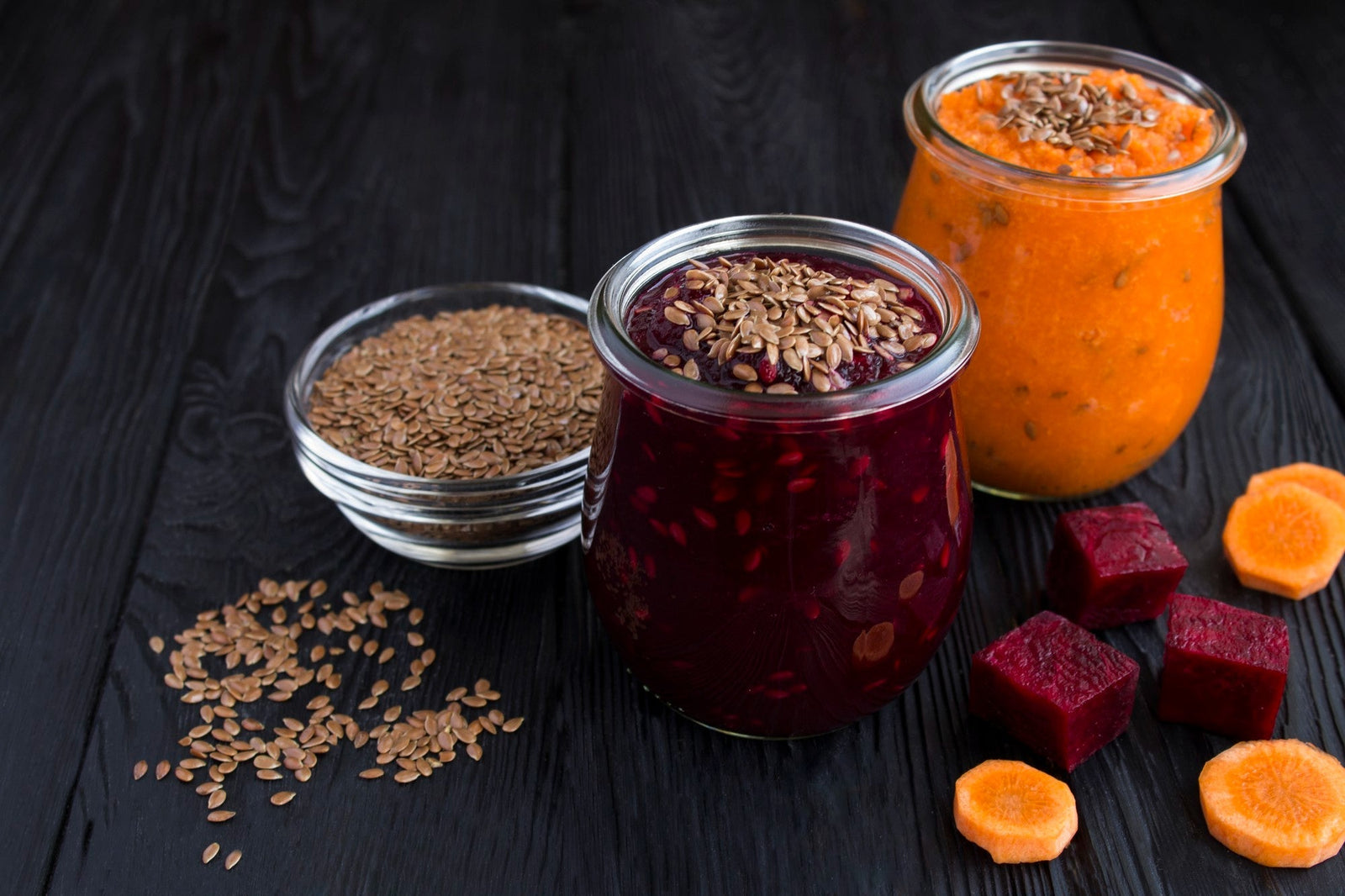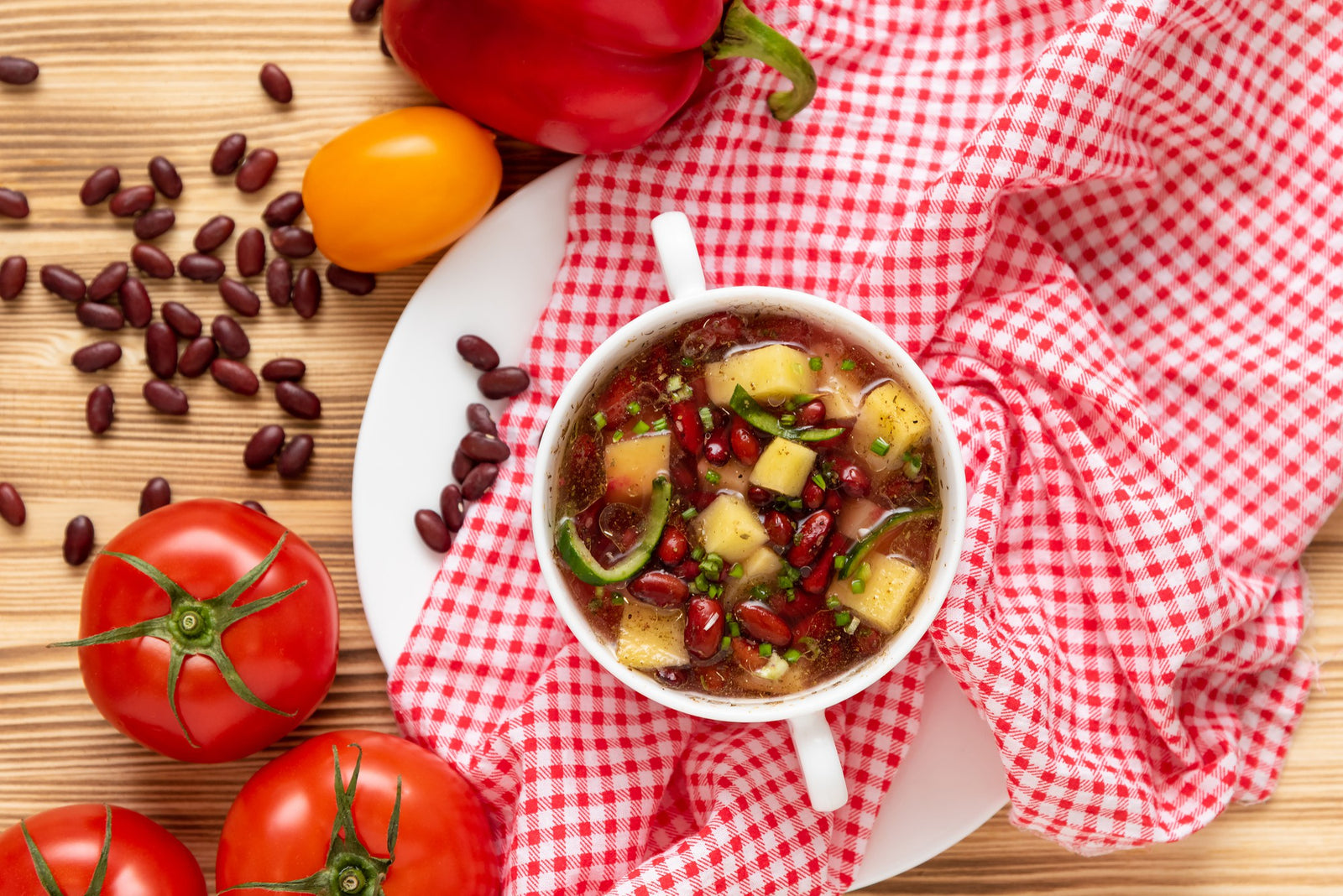
August 21, 2023 3 min read
Imagine a world where your meals aren't just tasty, but also packed with goodness that fuels your body. That's where wheat berries come in—the unrefined treasures of the grain family, here to elevate your culinary adventure. If you've ever pondered how to weave these healthy gems into your dishes, get excited. In this article, we're diving deep into the world of cooking with wheat berries. We'll explore inventive and delightful techniques that will take your meals to the next level. So, prepare to enrich your flavors, relish the wholesome essence, and embrace a more nourishing and satisfying way of eating.

Getting to Know Wheat Berries
Before we roll up our sleeves and dive into the kitchen, let's get acquainted with our star ingredient: wheat berries. Picture these little kernels as the whole package of goodness that nature intended. Comprising the bran, germ, and endosperm, they offer a powerhouse of nutrients that can transform your meals from ordinary to extraordinary.
The Soak and Prep Game
Unlocking the full potential of wheat berries starts with a simple but crucial step: soaking. Just as you might enjoy a warm bath after a long day, wheat berries benefit from a relaxing soak. Soak them overnight to soften their tough exterior and ease their journey to tenderness. Think of this as their spa treatment before they hit your plate.
The Art of Cooking Wheat Berries
Dancing with Wheat Berries in Dishes

Wheat Berry Flour: Your Baking Ally
But the journey doesn't end with cooked wheat berries. Transform them into flour, and suddenly, you're armed with a whole new world of baking possibilities. Think bread, muffins, and cookies that carry the wholesome essence of wheat berries.
A Sweet Symphony
Who said wheat berries were only for savory delights? Prepare to be surprised as these little nuggets sneak into your sweet dishes. Whether stirred into puddings, sprinkled over fruit crisps, or nestled atop ice cream, wheat berries add a delightful crunch and nutty twist to your desserts.
Fuel Your Day with Wheat Berry Energy Bars
Energize your day by whipping up homemade energy bars that pack a punch. Mix cooked wheat berries with nuts, dried fruits, honey, and nut butter. Shape them into bars for an on-the-go snack that's as nutritious as it is delicious.
As we bring our journey through creative wheat berry cooking techniques to a close, we hope you're inspired to make these tiny kernels a staple in your kitchen. From salads to sweets, wheat berries offer a universe of possibilities to explore. By taking the leap and experimenting with these techniques, you'll nourish your body and delight your taste buds. So, let's transform your meals into flavorful and nutritious masterpieces with the delightful and versatile wheat berries. The kitchen is your canvas; the wheat berries, your palette. Embrace the adventure, and savor every bite.
❤ Try our USDA certified organic Wheat Berries ❤

Related Recipes:
Other Wheat Berry Blogs:
Comments will be approved before showing up.

January 27, 2025 3 min read
Flaxseed, the tiny yet powerful superfood, is packed with nutrients that can support weight loss. From curbing hunger to stabilizing blood sugar, this guide dives into the science of how flaxseed can help you shed those extra pounds.

December 11, 2024 3 min read
Discover three quick and easy soup recipes featuring organic small red beans. From a classic vegetable soup to a creamy potato blend, these wholesome recipes are perfect for chilly days and busy weeknights. Packed with flavor and nutrition, these soups will warm your heart and soul this winter!

December 06, 2024 3 min read
This vibrant and nutritious Green Lentil Salad combines tender lentils with grilled chicken, fresh vegetables, and a zesty lemon dressing. Packed with protein, fiber, and essential vitamins, it’s the perfect healthy meal for any time of day.
© 2026 Be Still Farms- Real, Fine Organics.
Privacy | Terms | Refund Policy | Organic Certification
